Description and characteristics of the grape variety Witch's fingers, history and rules of cultivation
The Witch's Fingers grape variety is hybrid and is characterized as an elite variety. The fruits are appreciated for their unusual appearance and high taste. The variety is obtained by crossing several species using hand pollination.
The history of the creation of the variety
The exquisite Witch's Fingers grape was bred by Californian breeders in 2002. The variety has grown rapidly as it has unusual characteristics due to the hybridization of American grapes with other Mediterranean varieties.
Botanical description
The Witch's Fingers grape belongs to the category of table red species. The vines are powerful and are often used for decorative purposes. Flowers are hermaphrodite and capable of self-pollination. By the time of ripening, the variety belongs to the early maturing.
Bush
With proper care and favorable climatic conditions, grape bushes grow tall, thickened and strong. Due to the large amount of foliage, the bushes need periodic pruning.

Appearance and taste of fruits
The shape of ripe fruits is tubular, oblong. The color is dark blue, gradually turning into purple with black accents. The surface of the fruit is dull.
Specifications
When growing grapes, it is necessary to take into account its technical properties and susceptibility to different environmental conditions.
Creating a favorable environment for the growth of berries has a positive effect on the quality and quantity of the crop.
Frost resistance
The plant is thermophilic, average frost resistance. The bushes are able to withstand temperatures down to -23 degrees. On the eve of frost, it is recommended to remove the vines from the trellis and protect from the cold with a covering material.

Climatic conditions of growth
The variety is unpretentious in care and withstands the climatic conditions of central Russia, while demonstrating high yield rates. It is possible to grow Witch's fingers both on an industrial scale and on private territories.
Disease resistance
Grapes are resistant to a wide range of common diseases, including downy mildew and penosporosis.This variety is not susceptible to disease due to its high sugar content and reduced acidity.

Ripening period and yield
Ripening period - early-middle. The first fruits ripen by mid-summer, 115-120 days after the beginning of flowering. The bushes grow massive clusters weighing from 0.7 to 1.5 kg. The mass of one berry is 7-10 g. In comparison with other varieties, the yield indicator is average.
Breeding and planting
When planting and further growing vines, a number of rules must be followed. In order to consistently receive a healthy and large harvest, you need to choose a suitable seedling, decide on its location and provide constant care.

Sapling selection
When choosing a seedling with an open root system, it is recommended to take into account several nuances. In particular:
- The color of the roots should be light. If the main part of the roots has darkened, then the bush will most likely not take root and will rot.
- After processing with pruning shears, the root on the cut should be creamy.
- The roots should be free of thickening and visible damage, indicating infection or pest damage.
Planting scheme and depth
A grape plantation is laid, starting with the choice of location. For the Witch's fingers variety, sunny areas are suitable, protected from through wind and flooding. It is recommended to leave a distance of 1-1.5 m between the bushes.
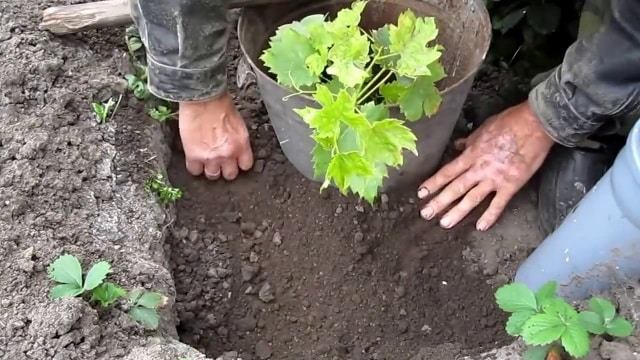
The soil is prepared by plowing to a depth of 60-80 cm.The depth of the hole for placing the seedling is also up to 80 cm, and the width is about 1 m.
Top dressing of a young shoot
For the intensive development of plants when planting a seedling, it is required to make additional fertilizing. Compost, mineral fertilizers and rotted manure are placed at the bottom of the dug hole. The soil is diluted with coarse sand and black earth.
Tips for Nursing a Culture
Regular and proper care is the key to obtaining a high-quality harvest. Vineyard care involves constant inspection for the timely detection of diseases, tillage, top dressing and elimination of adverse factors.

Loosening the soil
Deep loosening of the soil is carried out every autumn. The earth is dug to a depth of about 1 m in order to mix the lower and upper layers. As a result of careful loosening, the soil is completely saturated with nutrients, which it transfers to the roots of the plant. In addition to deep loosening, it is recommended to periodically loosen the top layer of the earth so that the liquid and sediments do not stagnate.
Regularity of watering
It is important to observe the regularity of watering the Witch's fingers variety, since a lack of liquid leads to insufficient development of the bushes and a decrease in yield. Waterlogging of the earth provokes rotting of the roots, as a result of which the plants die.
When growing young seedlings, a hole is formed and watering is carried out only within its boundaries.
After the vines have sprouted, the soil under the bushes is watered. During the season, the soil is moistened several times, observing the external state of the plants. Immediately after planting, the seedlings are watered once a week, decreasing the frequency over time.

Fertilizer
Grapes require complex fertilizers with a high content of nitrogen, phosphorus and potassium. The substances are responsible for stimulating the growth of green mass, the formation of inflorescences and ovaries, an increase in frost resistance, an increase in the amount of yield, and an improvement in taste characteristics.
The first fertilization is applied at the stage of planting grapes. Then you need to fertilize the plants in the spring for active growth and 10 days before the start of ovary formation. 3-4 weeks before harvesting, a final dressing is used to increase the weight of the fruits and improve keeping quality.
Infection and pest control
Despite the resistance of the Witch's fingers variety to diseases, if the rules of care are violated or if the climate is unfavorable, there is a risk of infection or attack by harmful insects.
![]()
Signs of damage to grapes are:
- dark spots on the leaves;
- mold formation;
- decay of roots;
- the appearance of plaque on the green part of the plant.
To protect the bushes and for preventive purposes, it is necessary to spray the plants with insecticidal and fungicidal preparations. Large pests are allowed to be removed from green spaces on their own.
Pruning and shaping the vine
To get enough sunlight and air to the bunches, pruning of the vine is required. The plant can be formed in the spring, when the risk of recurrent frosts disappears, or in early autumn. The pruning process removes old branches, rotten leaves and excess green mass. The secondary purpose of forming vines is to give a decorative appearance.
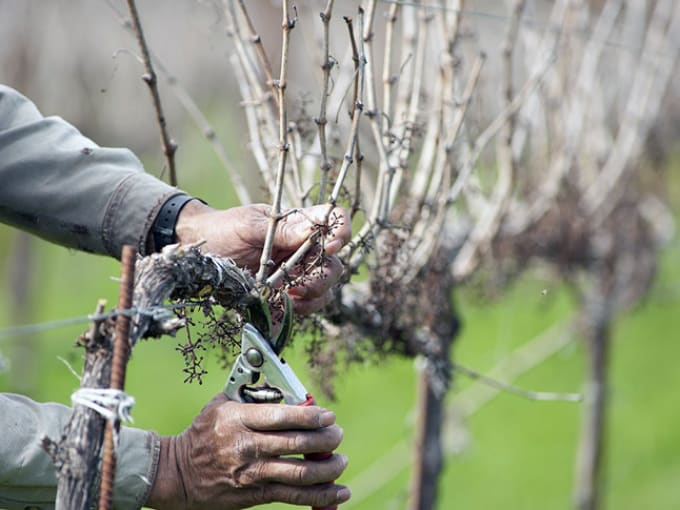
Preparing grapes for winter
Before the onset of the first frost, it is necessary to prepare the vineyard and protect the bushes with covering material. The need for shelter arises when frosts are below -25 degrees or when autumn pruning is carried out. As a material for protecting bushes, you can use a dense film of reinforced polyethylene or burlap.
When covering grapes, you should take care of partial ventilation of the plants to prevent them from rotting. It is also important not to cover the bushes prematurely, since during the period when positive temperatures prevail, the plant needs natural growth conditions.
Where Witch Fingers Harvest Is Used
Harvested fruits due to their unusual taste characteristics are often used for fresh consumption. For the preparation of wine and juice, the Witch's fingers variety is practically not used. If it is necessary to preserve part of the harvest after harvesting, it is allowed to freeze the berries or leave them for a short time in a dark, cool place. So that the crop does not lose its flavor characteristics, it is necessary to prevent sunlight and high humidity during storage.

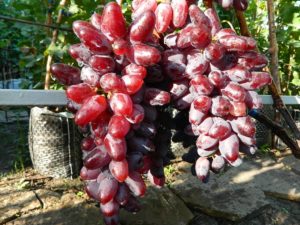



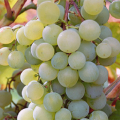


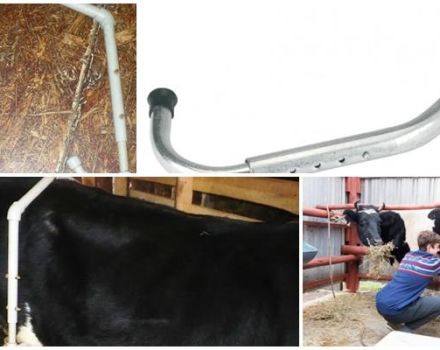
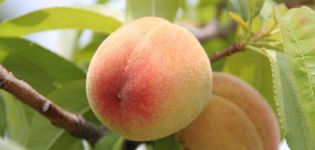
You can buy such a Grape and a few ounces.